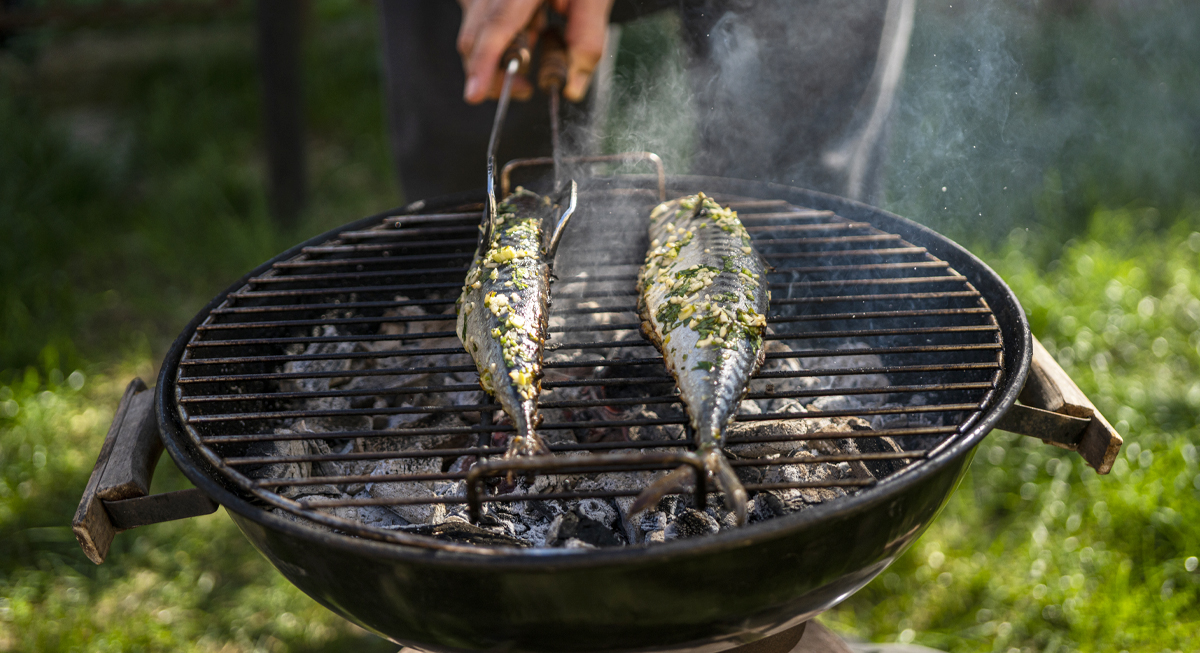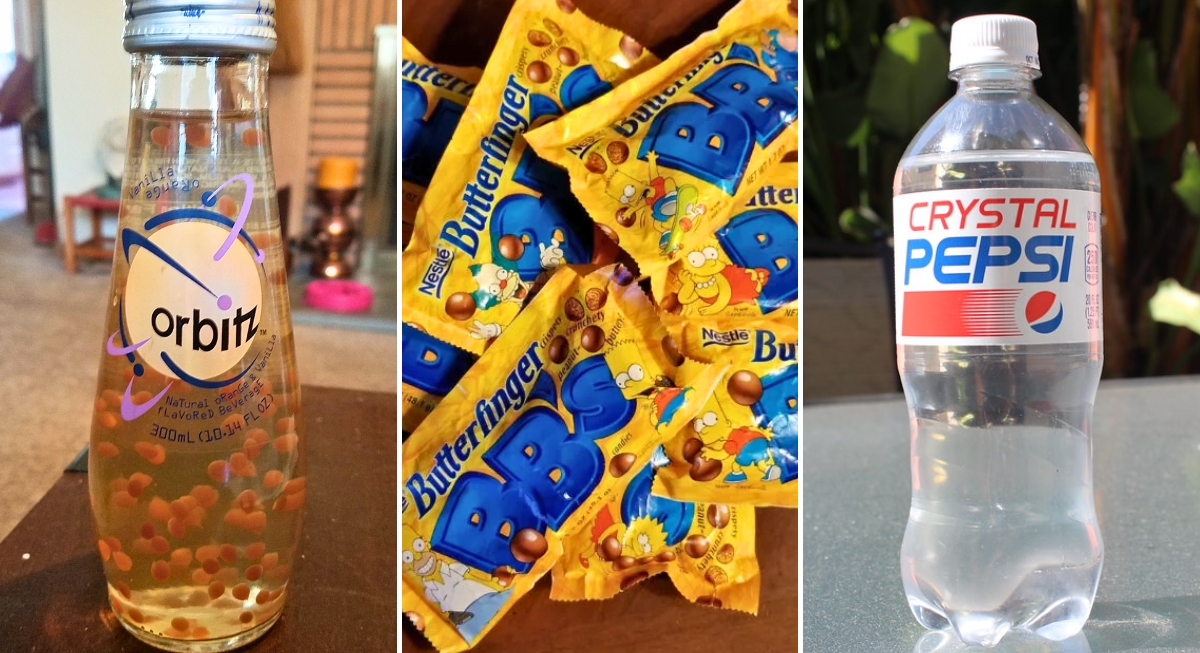Grilled fish is a healthy and flavorful option with a rich history dating back to the ancient Mediterranean. But the fear of a delicate fillet becoming one with the grates can turn that dream into a culinary disaster. Well, what if we told you not anymore? Here are 14 smart tips, incorporating scientific tidbits and culinary knowledge, to ensure your fish stays perfectly intact and beautifully marked with those coveted grill lines.
Grill Prep is the Key
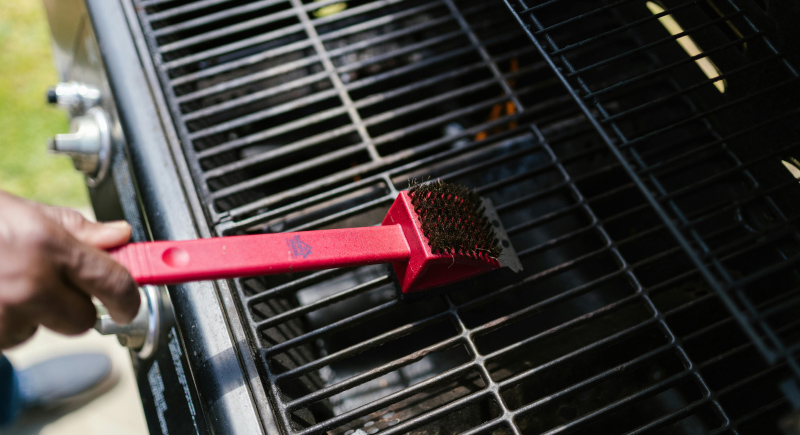
Credit: pexels
Start with a clean grill! Preheat your grill to medium-high heat (around 400F) and scrub the grates with a wire brush to remove any leftover food particles. A clean canvas is essential for preventing sticking, as food residue can act like glue for your fish.
Oil Up Wisely
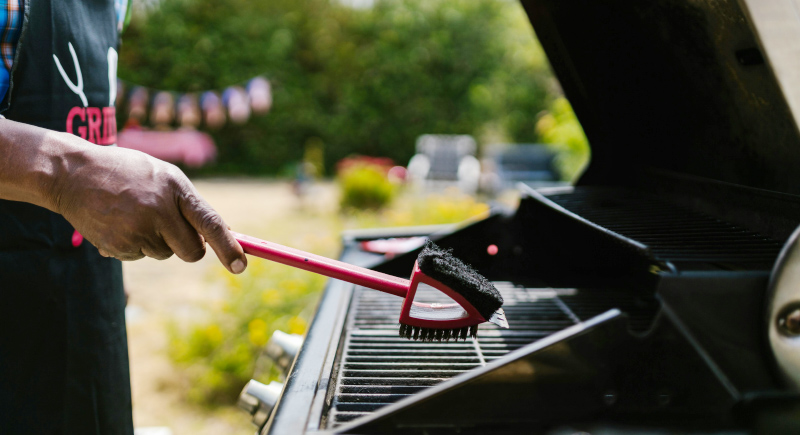
Credit: pexels
Brush the grates lightly with a high smoke point oil like grapeseed, canola, or avocado oil. Avoid olive oil, which has a lower smoke point (around 325F) and can burn, leaving an acrid taste on your fish. Did you know? The smoke point is the temperature at which an oil starts to break down and smoke. Using an oil with a high smoke point ensures a clean burn and flavorful sear.
Pat Your Fish Dry
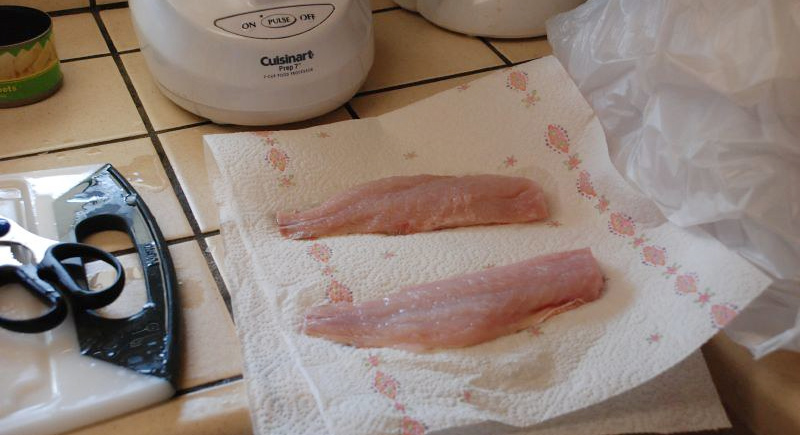
Credit: flickr
Excess moisture on the fish's surface is the enemy. Use paper towels to thoroughly pat down your fish fillets, removing any surface moisture. Here's the science behind it: water boils at 212F. When water hits the hot grill, it steams and boils before the fish sears. This creates a barrier that prevents a good sear and makes the fish more likely to stick.
Temperature Matters
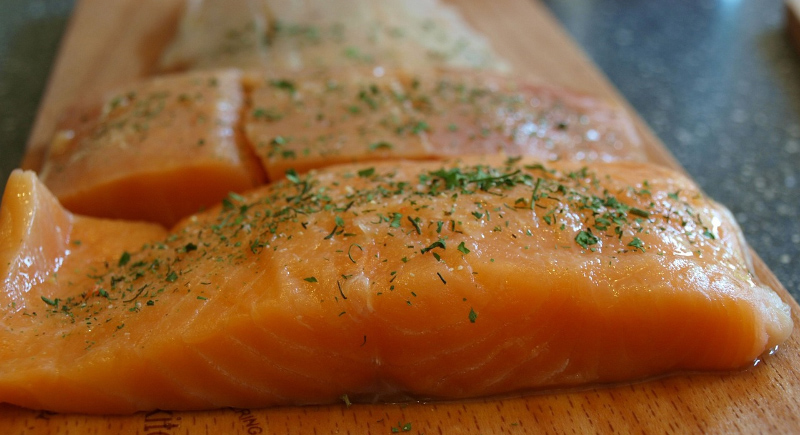
Credit: pixabay
Don't move the fish too early! Once you place the seasoned fish on the preheated grill, please resist the urge to flip it constantly. Let it sear undisturbed for a few minutes to allow a nice crust to form. This will create a natural release from the grates thanks to the Maillard reaction. This reaction, named after French chemist Louis Camille Maillard, is responsible for the browning and caramelization of proteins and sugars that give grilled food its delicious flavor and crispy texture.
Fish Spatula Savvy
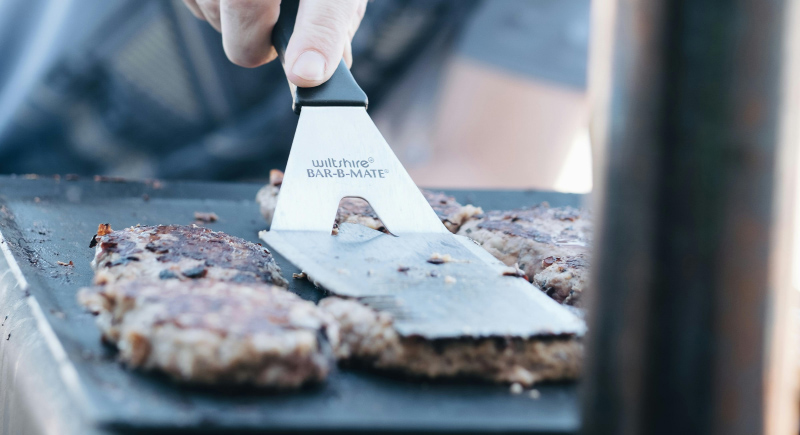
Credit: pexels
Invest in a good fish spatula. A wide, flexible spatula allows for easy maneuvering of the delicate fish without tearing or breaking it. Metal spatulas can be harsh on delicate flesh, so consider a silicone option that glides effortlessly under the fish.
The Gentle Flip
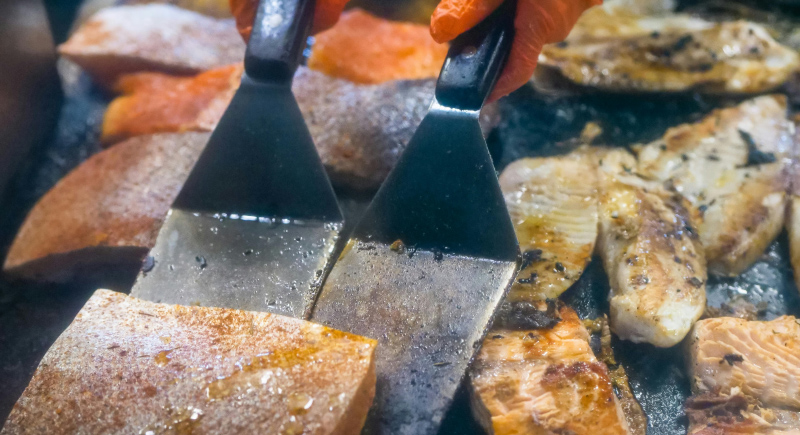
Credit: pexels
When it's time to flip, use your fish spatula gently. Slide the spatula under the fish, checking for any resistance. If it releases easily with a gentle nudge, you're good to go. If it feels stuck, give it a few more seconds to sear and develop that beautiful crust.
Skin-on Advantage
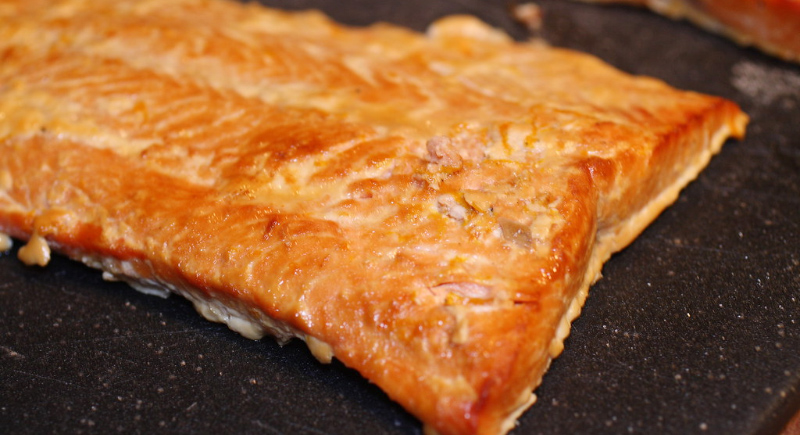
Credit: flickr
Consider leaving the skin on your fish fillets. The skin acts as a natural barrier between the flesh and the grates, preventing sticking and adding a layer of flavor. Once cooked through, you can easily remove the crispy skin with your spatula, revealing the perfectly cooked fish underneath. Here's a pro tip: Keeping the skin on helps the fish retain moisture.
Citrusy Savior
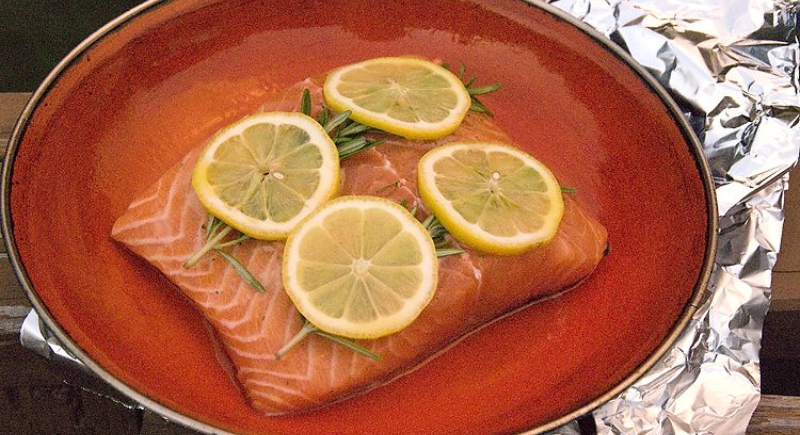
Credit: flickr
This might sound unconventional, but try using thin slices of citrus fruits like lemon or limes as a barrier between the fish and the grill. The acidity in the citrus can help prevent sticking, and the zest adds a touch of brightness to your fish. Just be sure to remove the citrus slices before serving, as they can burn at high temperatures.
The Pre-Cook Option
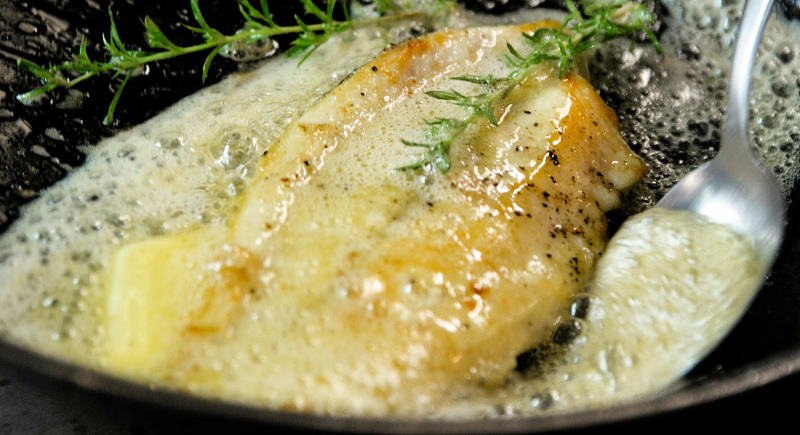
Credit: pexels
For extra insurance against sticking, you can pre-cook your fish fillets slightly. Saute them in a pan with a little oil until partially cooked through. This creates a sear that helps prevent sticking when you finish them off on the grill for a smoky flavor and perfect texture.
The Chilling Technique
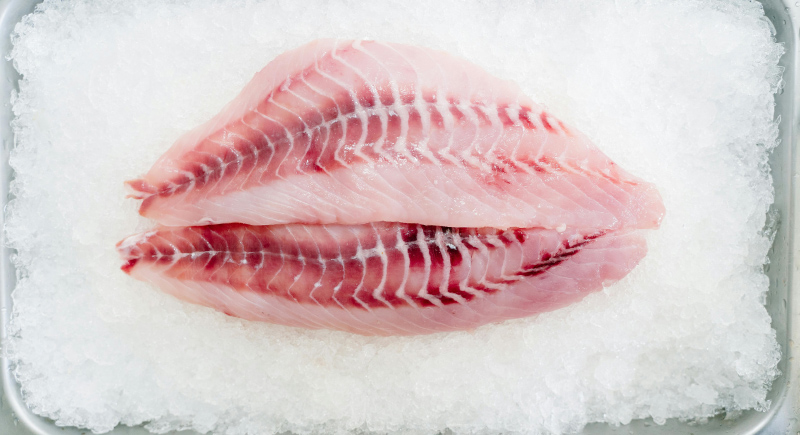
Credit: pexels
Some chefs swear by chilling seasoned fish fillets for 30 minutes before grilling. This helps firm up the flesh, making it less prone to sticking. Colder fish tend to hold their shape better when they hit the hot grill.
The Mayo Magic Trick
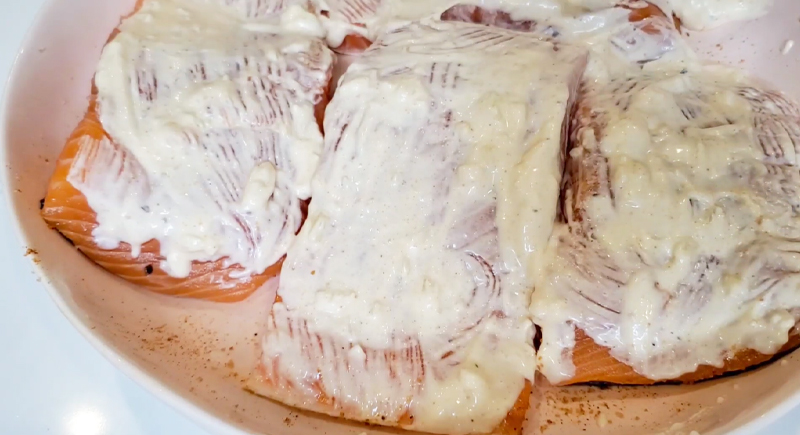
Credit: Youtube
This may seem surprising, but brushing your fish fillets with a thin layer of mayonnaise before grilling can help prevent sticking. The fats in the mayo create a barrier between the fish and the grates, similar to using oil. Plus, a touch of mayo can add a subtle creaminess and richness to the fish.
The Cedar Plank Approach
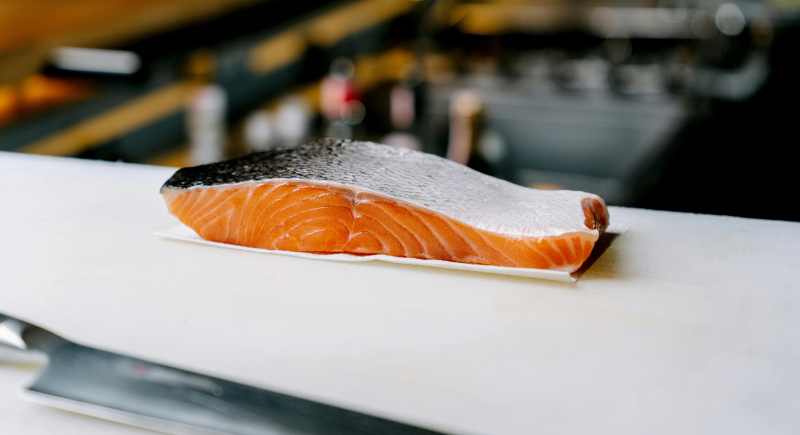
Credit: pexels
Try grilling your fish on a cedar plank for a unique grilling experience and added flavor. Soak the plank in water for at least 30 minutes before grilling. The plank infuses the fish with a subtle smoky flavor and prevents sticking due to the natural moisture in the wood, creating a steam barrier between the fish and the hot grates. Cedar planks are a traditional cooking method used by indigenous peoples of the Pacific Northwest, particularly for salmon.
The Basket Method
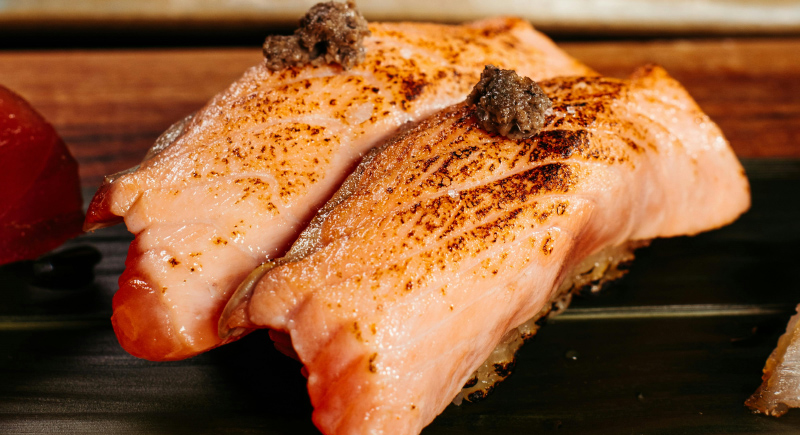
Credit: pexels
Consider using a grill basket if you're still nervous about directly grilling delicate fish. This allows you to easily flip the fish without worrying about it falling apart. Grill baskets are often made of stainless steel and come in various sizes to accommodate different types of fish.
Practice Makes Perfect
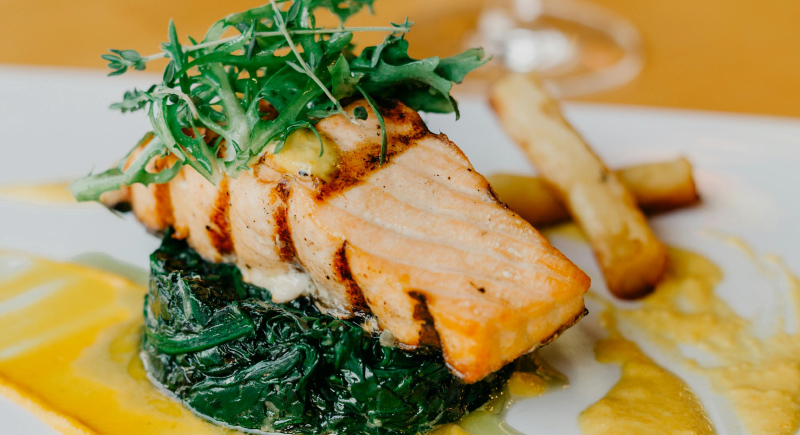
Credit: pexels
As with any cooking technique, practice makes perfect. Keep going even if your first attempt isn't flawless. With a little trial and error and these handy tips, you'll be a master of perfectly grilled fish in no time! Did you know? Studies have shown that the more we practice a skill, the stronger the connections become between the neurons in our brain. This is why grilling fish (or any other skill) becomes easier and more intuitive the more you do it. So fire up the grill and get grilling!

